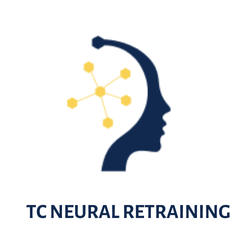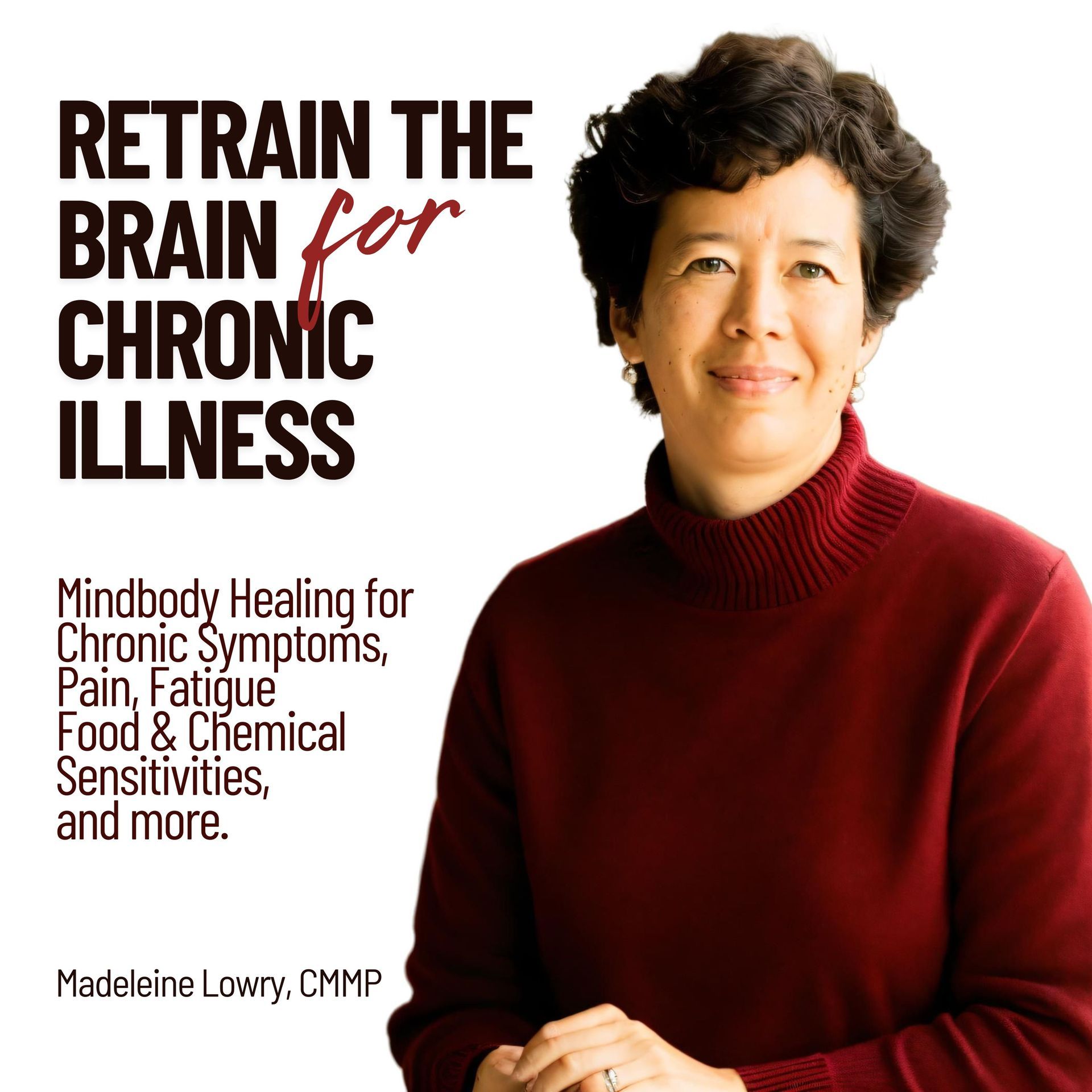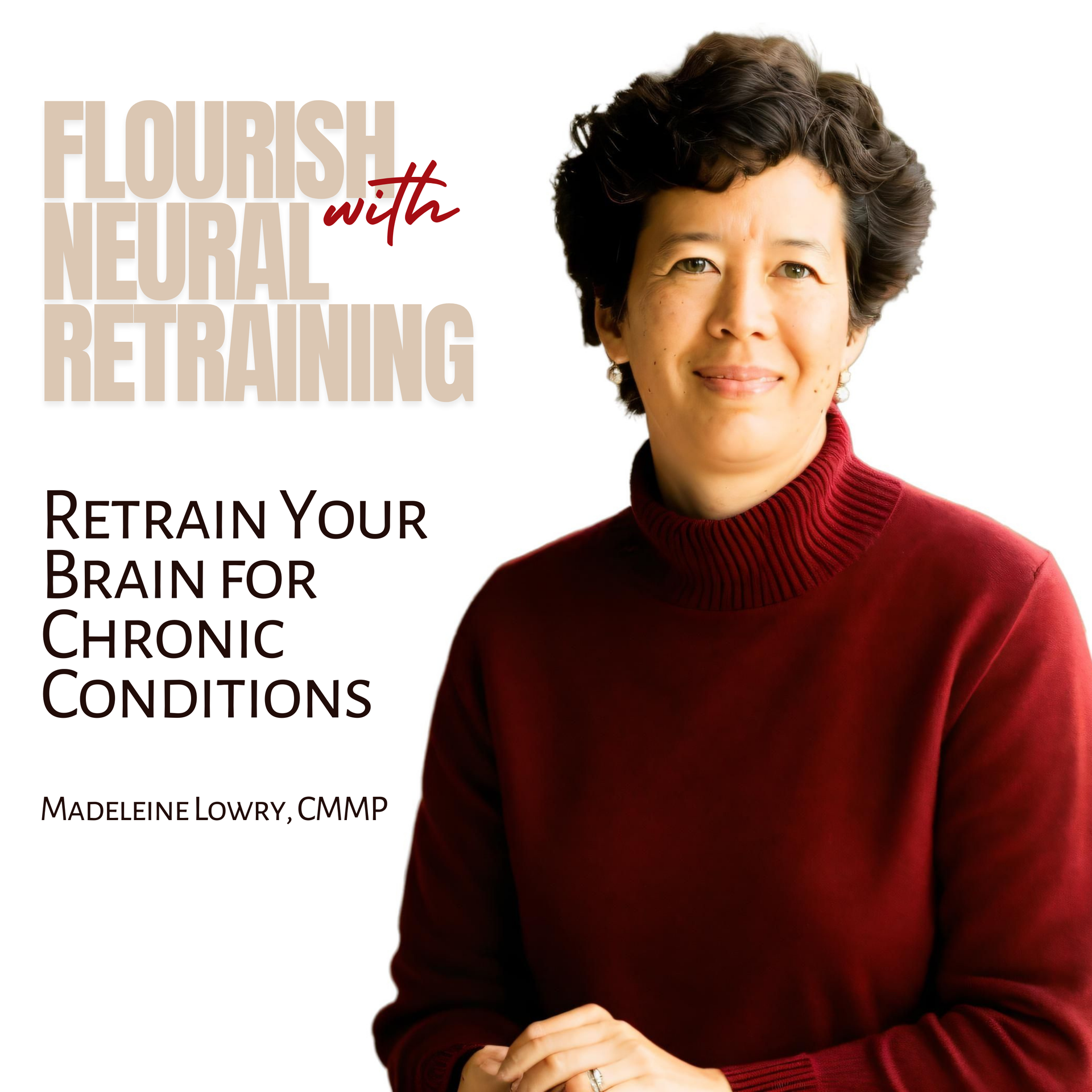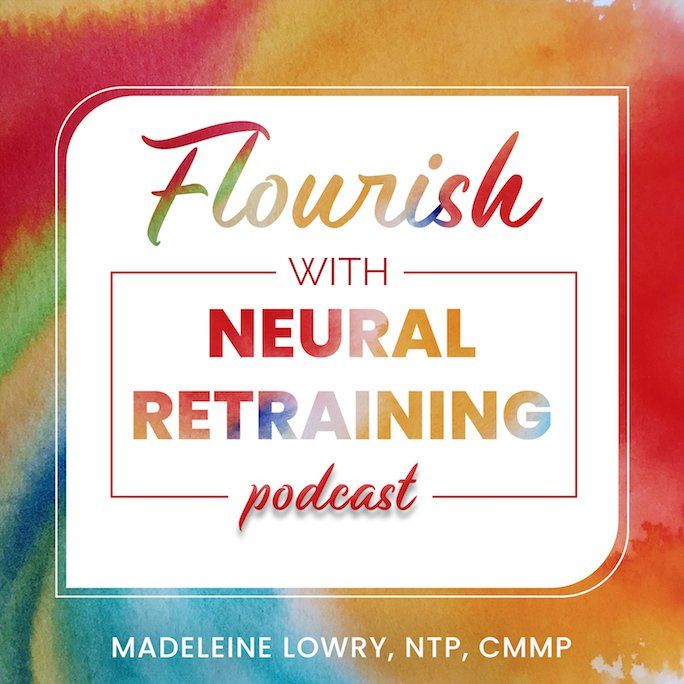What are MAP Method Programs and How Do They Work?
How online self-paced neural retraining programs complement live MAP Sessions with a practitioner.

What is the MAP Method?
MAP, which stands for "Make Anything Possible", is an advanced method of neural retraining that can be done at a distance, usually over Zoom videoconference. It is the latest energy psychology technique that builds on modalities from the 1980s and 90s such as Eye Movement Desensitization and Reprocessing (EMDR) and Emotional Freedom Technique (EFT).
The MAP Method is the next generation of these methods, as it is gentler, faster and doesn't require bilateral stimulation or tapping on acupressure points. The brain takes care of all of that itself, quickly and efficiently. With the MAP Method we utilize the brain's natural ability to heal itself by harnessing the power of the subconscious mind.
In a MAP session the client chooses an issue to work on, for example social anxiety, and then focuses on a specific memory while in a relaxed meditative state. As the practitioner begins to offer verbal instructions to the client's subconscious, the mind begins to reveal its programming through images, sensations, words and insights.
After a few minutes, the client describes what came up in their mind, and another round of instructions is given based on that feedback. This continues until the emotional intensity of the memory is greatly reduced or neutralized. The process is gentle and very easy, yet the results are often quite powerful.
It's important to note that the client's subconscious mind is in control of the session, and sets a safe pace. The rewiring happens in the session, therefore there's no need to practice scripts or affirmations. Progress is individual and can be influenced by many factors including the extent of previous trauma, obsessive thought patterns, and other traits.
Applications of the MAP Method include trauma healing, resolving anxiety/depression, repetitive negative thoughts, self-defeating behaviors, limiting beliefs, or unconscious stressors underlying chronic symptoms. To learn more about the MAP Method and how it works, see our related posts below.
What are the various ways MAP can be experienced?
There are multiple ways to experience the benefits of MAP. The gold standard is live sessions over Zoom with a practitioner which are completely individualized. Other ways to experience MAP are through group sessions, recorded video sessions, and audio files.
In a group session, usually done over Zoom, a set of instructions is given on a topic of general interest. The instructions are based on what is generally helpful for that topic, and there is no opportunity to share individual feedback, although participants may be asked to report their emotional intensity level periodically by entering a 0-10 rating in a chat box, for example.
Recorded video sessions are another way to experience MAP. These are the core components of our MAP Method Programs. Each session focuses on a particular subject, for example negative emotions, and is designed to be "evergreen" which means the same session can be used repeatedly for different memories or topics.
Audio files are recordings that can be used on the go. The audio is comprised of two tracks: your conscious mind hears a soundscape and your subconscious hears a set of MAP instructions for the selected issue. Audio files can be used while walking, reading, working or any other quiet activity. There is no need to be in a meditative state, which makes them convenient to use. Audio files are often used for support between MAP sessions.
What are MAP Method Programs? And how are they used?
MAP Method Programs are organized around a particular condition or health issue such as negative mood states (i.e., anxiety, depression), chronic infections (i.e., COVID long), sensitivities and intolerances (food, chemical, environmental), chronic conditions, or sleep issues.
Programs work with the conscious mind through a carefully planned progression of educational components and practices, and with the subconscious mind through recorded MAP sessions and audio files. Programs are online and self-paced. The time commitment is about 3 hours a week, if done at the recommended pace, based on 3 MAP sessions per week, but can also be done faster or slower as desired.
Programs include a structured set of core MAP sessions. For example, the Anxiety & Depression program includes MAP Sessions for Events, Thoughts, Triggers, and Intentions. Each recorded session is designed to be used repeatedly with different topics.
For example, the Events session can be used to neutralize the emotional intensity of any event or experience that triggers a negative emotion--anxiety, sadness, anger, fear, shame, guilt, or anything else. For each session, you pick a memory that has a high emotional intensity, rate the level of the relevant emotion from 0 to 10 (10 being the most intense), do the recorded MAP session and re-rate the emotions. If there is still some intensity by the end, you can repeat the session for the same memory the next time you do it. If the memory is feeling neutral, you can choose a different memory when you repeat the session.
Programs are generally organized into a set of stages or weeks, which should be done in order. However, it is expected that multiple cycles through the program will be needed to achieve your goals. For example, a 4-week MAP for Sensitivities Program may be used multiple times to address multiple types of sensitivities to foods, chemicals, or environmental irritants. It may take more than one 4-week cycle to fully reintroduce the first food or sensitivity item. Most programs have an access period of 6 months for this reason.
What are the advantages of a MAP Program?
Programs are a toolkit that allow motivated individuals to make faster progress between live MAP sessions. It is not absolutely necessary to have live MAP sessions alongside programs, but it is often desirable. Live sessions can help when your progress starts to plateau, or there is a topic that is not adequately addressed by the provided sessions alone.
The primary advantages of MAP Programs are convenience and affordability. Programs are available instantly upon purchase and are available 24x7. This means that you can have MAP sessions at night, on weekends, in any time zone or location in the world where it may be difficult to schedule with a practitioner. Programs allow you to have several MAP sessions per week at your convenience, at a cost that is much more affordable than live sessions.
There is also the advantage of speed. Live MAP sessions are usually spaced a couple of weeks apart. For someone who wants to tackle an issue with some haste, MAP Programs will allow you to have up to one MAP session per day. (Doing more than one session per day is not advised, as time is needed between sessions for integration.)
Another advantage is the increased impact of working with a structured program with the opportunity for frequent repetition to keep you on track.
And MAP Programs allow you to try MAP in a low risk way. There is a free preview for each program that introduces the basic concepts and the neural retraining approach. There's a grace period after registration for a few weeks when you can request a refund, which allows you to try a Program with less risk than live MAP sessions, which are not eligible for refunds.
Learn More
- Learn more about the MAP Method of advanced neural retraining.
- Try a free course about MAP or preview a MAP Program.
- Find out how we use the MAP Method to retrain the brain for Sensitivities.
- Learn about MAP for Mindbody Healing
- Listen to the podcast about
MAP for Complex Chronic Conditions
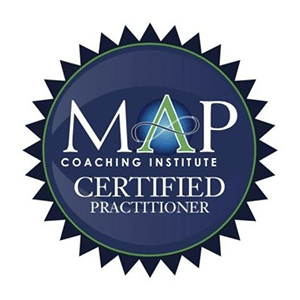

Madeleine Lowry, NTP, CMMP
Certfied MAP Method Practitioner
Madeleine specializes in neural retraining for chronic conditions. As a Nutritional Therapy Practitioner, she worked with many clients who were interested in eliminating allergies, sensitivities and intolerances. After learning a basic method and seeing its limitations, she trained in an advanced method of retraining the brain and now offers MAP sessions over Zoom and online self-paced programs for Anxiety/Depression, Sensitivities, Chronic Pain, Self-Healing, and COVID Long.
Related Posts

